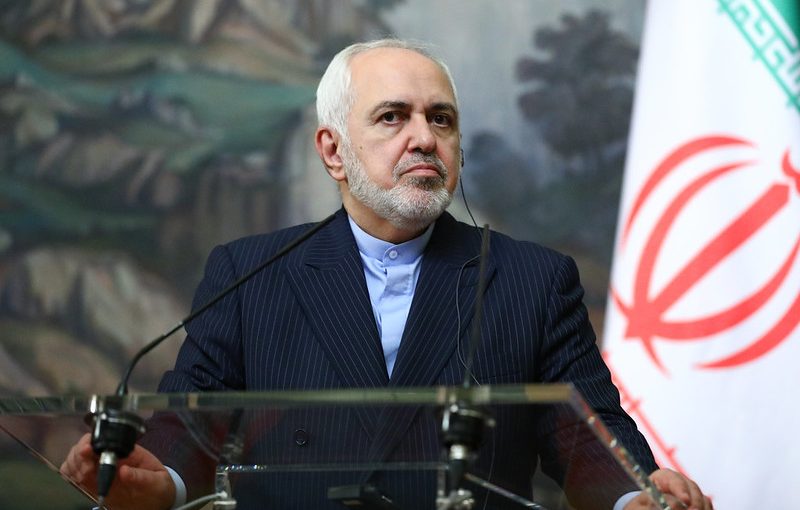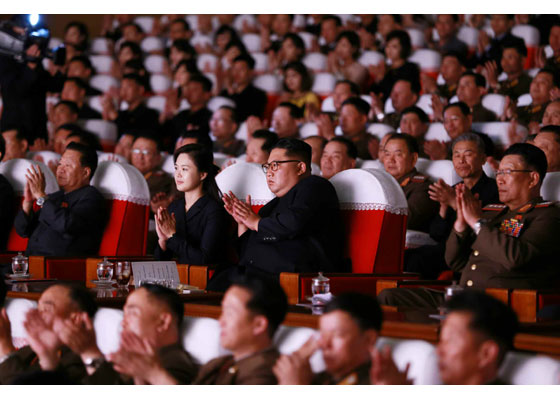“Iran does not seek a nuclear weapon. If we wanted to build a nuclear weapon, we could have done it some time ago, but we decided that nuclear weapons would not augment our security and are in contradiction to our ideological views.” (Iranian Foreign Minister Mohammad Javad Zarif)
by David Parmer / Tokyo
America’s new Secretary of State Anthony Blinken said on Sunday, January 31, in an NBC news interview, that Iran could be “weeks” away from having enough fissile nuclear material to build an atomic weapon. Blinken’s assessment was soundly rebutted by Iran’s foreign minister Mohammad Javad Zarif, in an interview with CNN’s Christian Amanpour the following day, February 1.
Zarif said that if Iran wanted a nuclear weapon, it would already have one, but this was not their intention. In the interview with Amanpour, Zarif was asked about Iran and the US negotiating their differences. Zarif said that the US must come back into compliance with the JCPOA “Iran Deal.”
Certain things were NOT agreed upon at the time of the negotiating and signing of the agreement; Iran has concerns about US arms sales to the region which were not on the table. Iran’s missile program which was of interest to the US was not on the table (Zarif did not mention the word “missiles.”)
The US and Iran are at a stalemate, and the foreign minister offered a possible solution. The top EU official, Josep Borrell, Chairman of the Joint Commission could broker an agreement by saying what each side must do. This would be a face-saving mechanism to eliminate such thinking as “before we negotiate, you must…” on both sides.
Zarif noted that time was running out for the US. The Iranian parliament has approved further drawing back by Iran from the 2015 JCPOA as is its right when the other side is not in compliance. As for existing nuclear material enriched to a higher percentage, it could be dealt with swiftly and eliminated if conditions were favorable and concessions on both sides were made.
From the two meetings with the press, it was clear that Iran was better prepared and knew what it wants and how to move things forward. Secretary Blinken simply repeated an old contention about nuclear weapons common under the Trump administration.
Blinken did not seem either well informed or well prepared to deal with one of America’s three vital foreign policy challenges. Even given the fact that Blinken must staff, coordinate and re-build a hollowed-out State department, his first appearance out of the gate was not very impressive. The problem is that US-Iran relations need the full attention of the US government, and as Mr. Zarif has said: time for the US to act is not unlimited.
Photo: https://www.flickr.com/photos/mfarussia/50879955528/in/faves-117355407@N08/
 日本語
日本語 English
English 中国語
中国語
